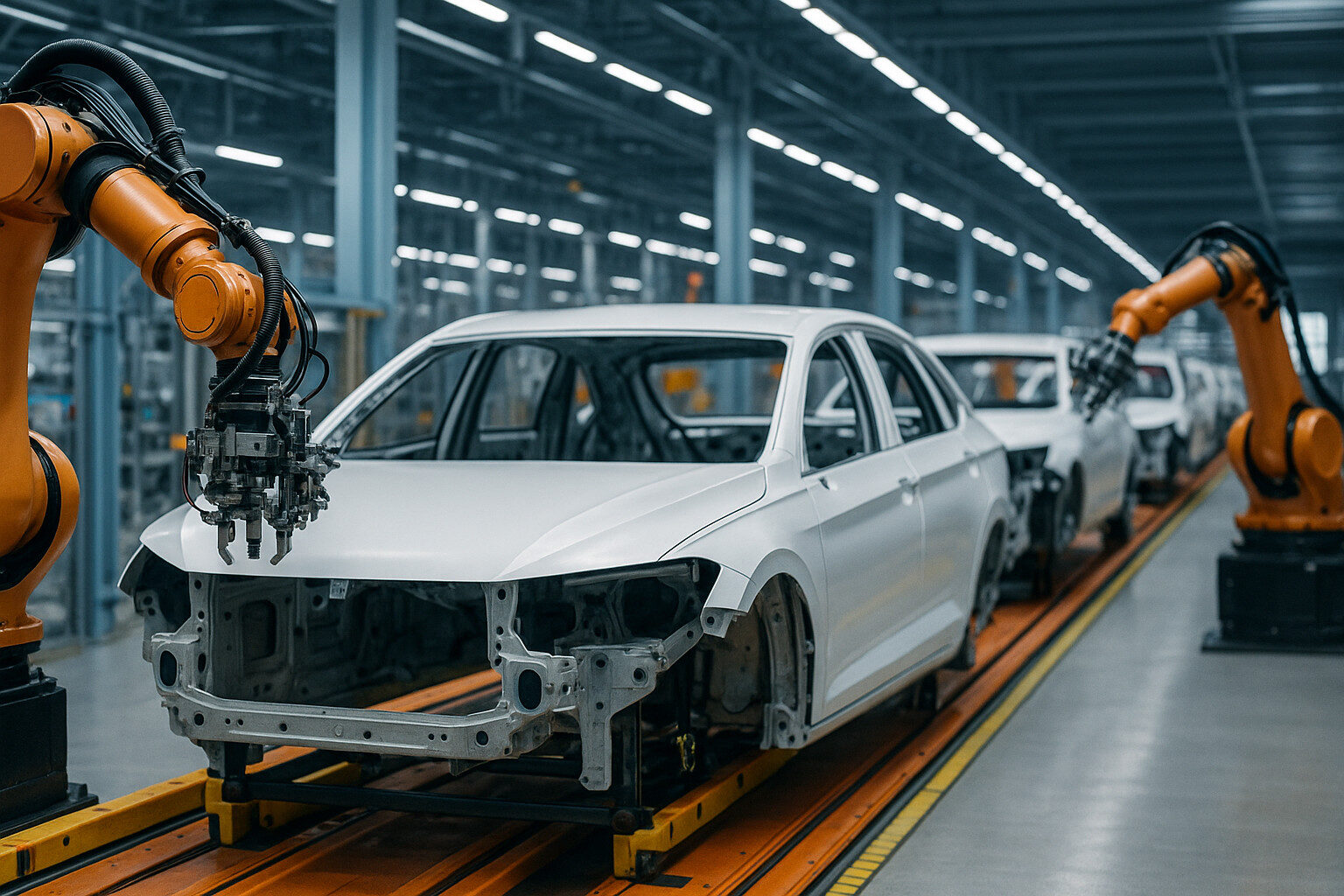Supply Chain Analyst 2025 Job Overview – What is a Supply Chain Analyst?
A Supply Chain Analyst is responsible for analyzing and optimizing the movement of goods, materials, and information throughout the supply chain. In 2025, they go beyond reporting—they anticipate problems before they arise and help businesses make proactive, data-informed decisions.
Their core responsibilities include:
-
Monitoring and improving end-to-end supply chain performance
-
Using analytics tools and dashboards to interpret supply chain data
-
Forecasting demand and managing inventory strategies
-
Identifying bottlenecks and recommending cost-saving improvements
-
Collaborating with procurement, logistics, and production teams
-
Evaluating supplier performance and risk
With supply chain volatility, digitalization, and sustainability in the spotlight, analysts now play a key strategic role across organizations.
Supply Chain Analyst 2025 Job Overview – Job Description
A modern supply chain analyst job description should reflect the evolving mix of technical, analytical, and collaborative skills needed in 2025. Here’s what it might include:
-
Gather, analyze, and interpret supply chain data to identify patterns, gaps, and opportunities
-
Forecast demand and inventory needs using advanced planning systems and predictive models
-
Monitor KPIs such as order fulfillment rate, delivery times, inventory turnover, and logistics costs
-
Identify risks in sourcing, distribution, and transportation, and propose mitigation strategies
-
Collaborate with stakeholders across procurement, manufacturing, and warehousing
-
Use ERP systems and BI tools to create dashboards and real-time performance reports
-
Support supply chain digital transformation projects, such as automation or sustainability initiatives
Hiring managers should look for candidates who blend technical skill with commercial insight and cross-functional communication ability.
Supply Chain Analyst Salary in 2025
The typical supply chain analyst salary in the US in 2025 ranges from $75,000 to $100,000 per year. Professionals with strong data skills, experience in AI-driven logistics, or background in specific industries (like automotive or pharmaceuticals) can earn upwards of $110,000.
What drives salary range?
-
Years of experience in planning, procurement, or logistics
-
Certifications, such as APICS CPIM, CSCP, or Six Sigma
-
Technical proficiency with platforms like SAP, Oracle, Power BI, and Python
-
Industry-specific knowledge and compliance expertise
-
Ability to drive digital and process transformation
Supply Chain Analyst Recruitment Trends
If you’re hiring a Supply Chain Analyst in 2025, you’re operating in a fast-moving talent market. Here’s what you need to know:
1. Data-first skill sets are essential
Employers are prioritizing candidates with experience in supply chain analytics platforms, predictive modeling, and performance dashboards. Excel alone no longer cuts it.
2. AI and automation knowledge is a differentiator
Analysts who can work with AI tools for demand planning, route optimization, or supplier evaluation are highly sought-after.
3. Sustainability expertise is gaining ground
Supply chains are under pressure to reduce emissions, cut waste, and track environmental performance. Analysts who can incorporate sustainability metrics into reporting are in demand.
4. Hybrid and remote capability
With digitization, analysts don’t always need to be on-site. Candidates who can work effectively with remote teams and cloud-based tools are attractive to employers.
Key Performance Metrics for Supply Chain Analysts
A strong analyst doesn’t just monitor metrics—they improve them. Some of the top continuous improvement metrics in 2025 include:
-
Inventory turnover ratio
-
Order cycle time
-
Supplier on-time performance
-
Cost per order shipped
-
Perfect order rate
-
Forecast accuracy
-
Carbon footprint per unit shipped
Top candidates will not only understand these KPIs but will have examples of how they’ve improved them in past roles.
Supply Chain Staffing Solutions
With competition for talent heating up, many companies are turning to supply chain staffing solutions to find qualified professionals faster and more efficiently.
These services typically include:
-
Contract staffing for seasonal demand or project-based analytics roles
-
Direct hire support for permanent team expansion
-
Access to pre-vetted candidates with niche industry knowledge
-
Interim leadership during supply chain transformation projects
-
Consultants who can lead digital and strategic improvement initiatives
Staffing partners can reduce time-to-hire and help you avoid costly mis-hires in a critical function.
Partner With Talent Traction
At Talent Traction, we connect manufacturing, construction, and industrial businesses with Supply Chain Analysts who can transform data into action and complexity into clarity.
Whether you’re looking for a permanent hire to lead optimization efforts or need interim support for a digital transformation project, we’ve got access to the right talent at the right time.
Our supply chain recruitment services include:
-
Shortlists of pre-qualified supply chain professionals
-
Contract, interim, and permanent staffing options
-
Industry-specific expertise in automotive, logistics, and manufacturing
-
Fast turnaround times to meet project and seasonal demand
FAQs – Supply Chain Analyst 2025 Job Overview
1. What does a Supply Chain Analyst do in 2025?
They analyze supply chain performance, forecast demand, optimize inventory levels, and use data to drive strategic decisions. Today’s analysts work with real-time data and predictive tools, not just static reports.
2. What should we look for in a supply chain analyst job description?
Focus on data fluency (Power BI, Tableau, ERP systems), forecasting skills, cross-functional communication, and a solid understanding of end-to-end supply chain operations. Experience in digital transformation or automation is a plus.
3. What’s the typical salary range for a Supply Chain Analyst?
Most analysts earn between $75,000 and $100,000, with higher salaries for those who bring experience with analytics platforms, automation, or sustainability reporting.
4. What certifications are useful for supply chain analysts?
Look for APICS certifications (CPIM, CSCP), Six Sigma, PMP, or certifications in SAP, Oracle, or data analytics platforms.
5. What technical skills are essential in 2025?
Power BI, Tableau, Python (for modeling), ERP systems (SAP, Oracle), and experience with AI-based planning tools are increasingly required.
6. Should we hire a full-time analyst or use staffing solutions?
If your needs are ongoing and tied to long-term growth, a full-time hire is ideal. For seasonal demand, transformation projects, or immediate gaps, contract or interim analysts from staffing partners offer speed and flexibility.
7. How can Talent Traction help with supply chain analyst recruitment?
Talent Traction specializes in supply chain, logistics, and manufacturing roles. We understand the technical and soft skills needed in 2025 and can quickly match your team with analysts who can deliver impact from day one.




